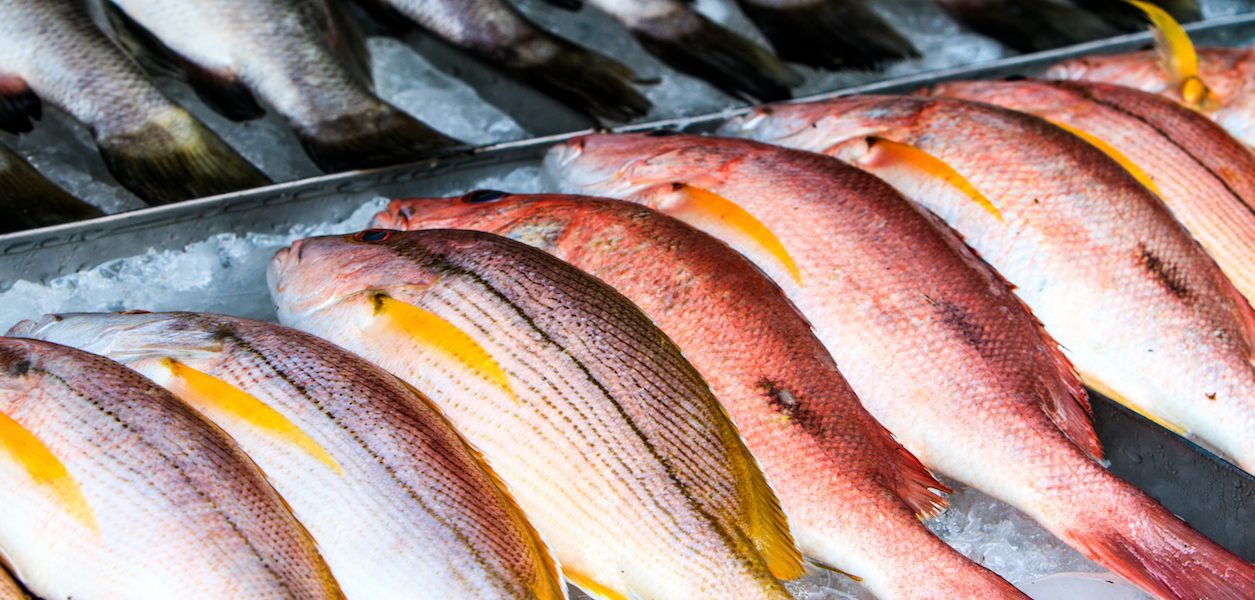You’re at the supermarket strolling the seafood aisle looking for the perfect cut of fish to take home. You see a bright orange cut of salmon that’s already wrapped and ready to go so you throw it in your cart. It’s sure going to make for a delicious meal! But what you don’t know is that there’s a 46% chance that isn’t salmon, we’ll explain.
Oceana Canada has been studying seafood fraud as it not only affects consumers but also business owners and honest fishermen themselves. While the Canadian Government committed to tackling seafood fraud in 2019, two years later it’s still a huge issue in several major Canadian cities. Between 2017-2019, Oceana Canada tested 472 samples through DNA testing and found that 47% were mislabelled. Yikes!
Related posts:
Vancouver couple gets ‘Canada’s Best Summer Job’ with hilarious pitch (VIDEO)
You can swap houses with people all over Canada for just $11 a month on this site
Most recently, Oceana tested 94 samples from sources in Toronto, Montreal, Ottawa, and Halifax and found that 46% were mislabelled. Not only is it disturbing to think that what you’re buying might not actually be what it says it is but it also gets in the way of consumers who are trying to be sustainable. That wild-caught fish could actually be farmed, it could be fished illegally or worst of all just not the fish you thought you were buying. You get the issue here.
Now you’re probably wondering which market seafood fraud is largest in and that answer is restaurants. It’s not necessarily the fault of businesses but rather distributors who could be selling lower quality pieces of fish or lying about where it was caught. But it’s even worse than the average rate, mislabelling in restaurants is as high as 65%.
So what’s your best bet for buying seafood? Actually, the good old grocery store which only has a 6.5% mislabelling rate. But to make matters more confusing, Canadian retailers are only required to label the common species name and where the fish’s last major “transformation” took place. Pretty weird right?
At the end of the day as a consumer, you can fight for stricter labeling requirements. And as a diner, your best bet is to ask either your server or the chef what they know about the fish that you’re going to eat. With that, this study is yet another good reminder to stay informed, and if you’d like to see Oceana Canada’s full study you can click here.





